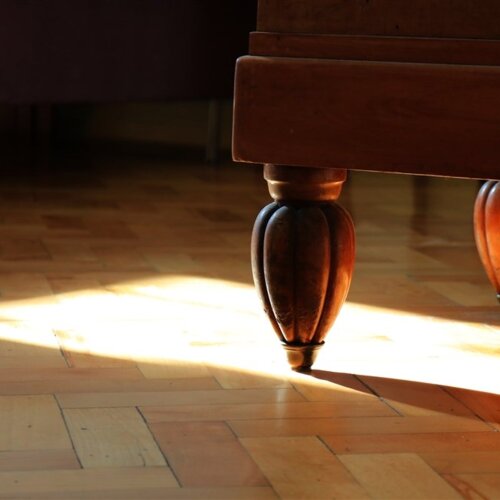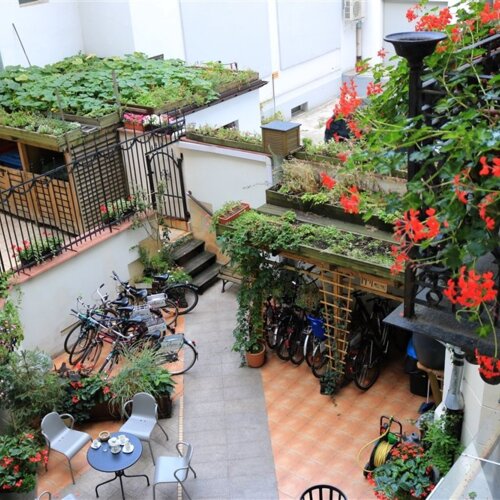
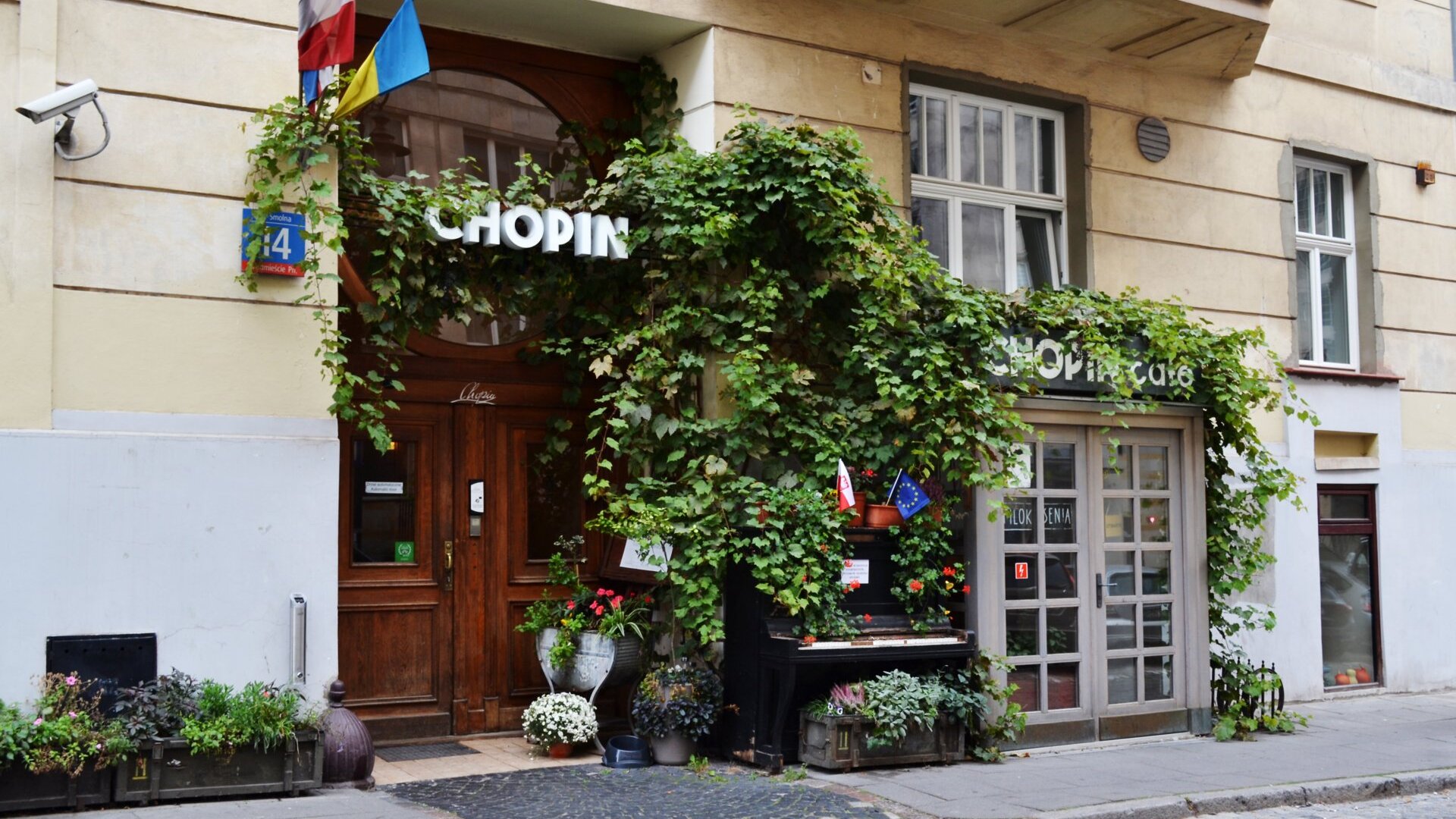
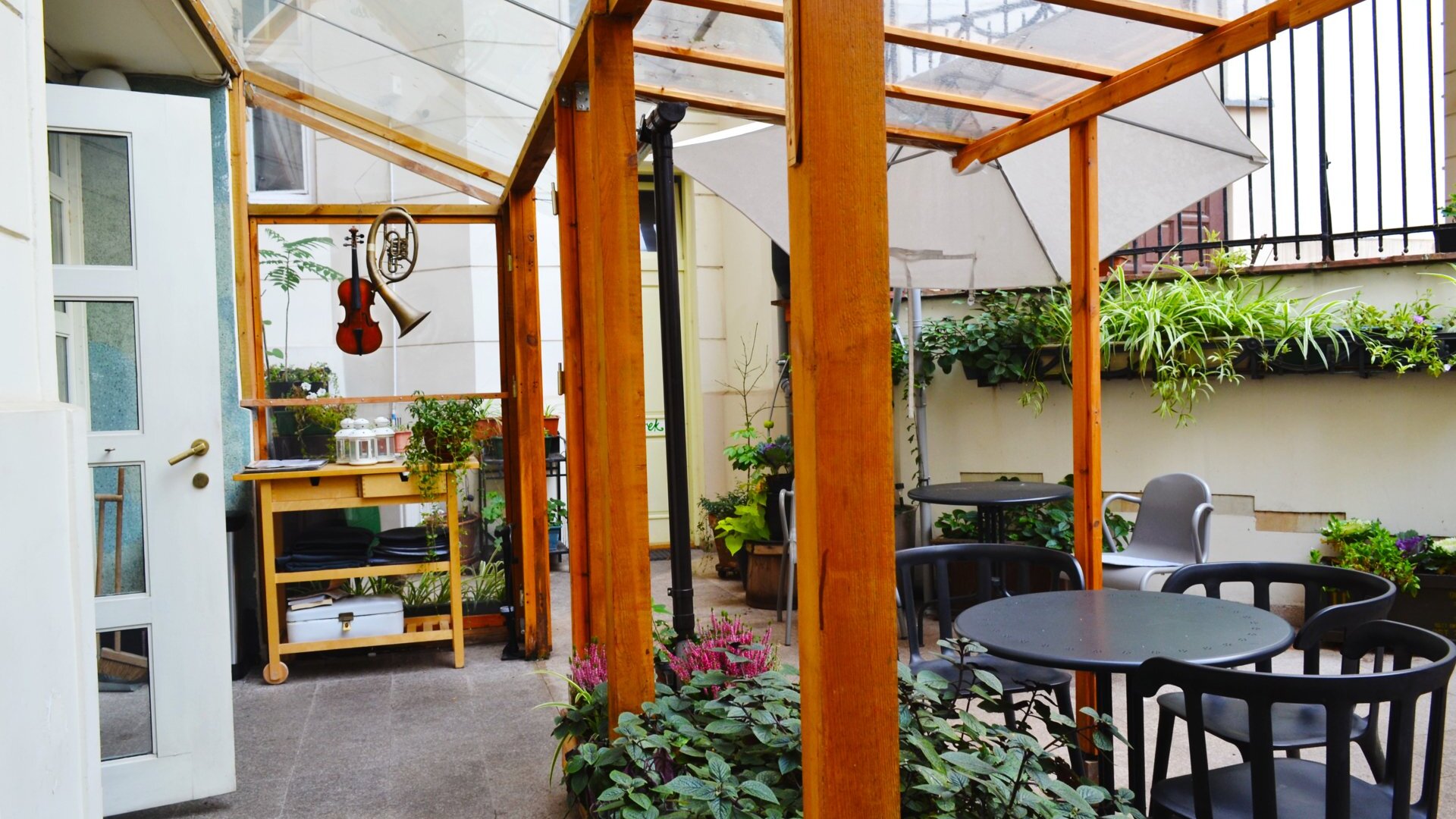
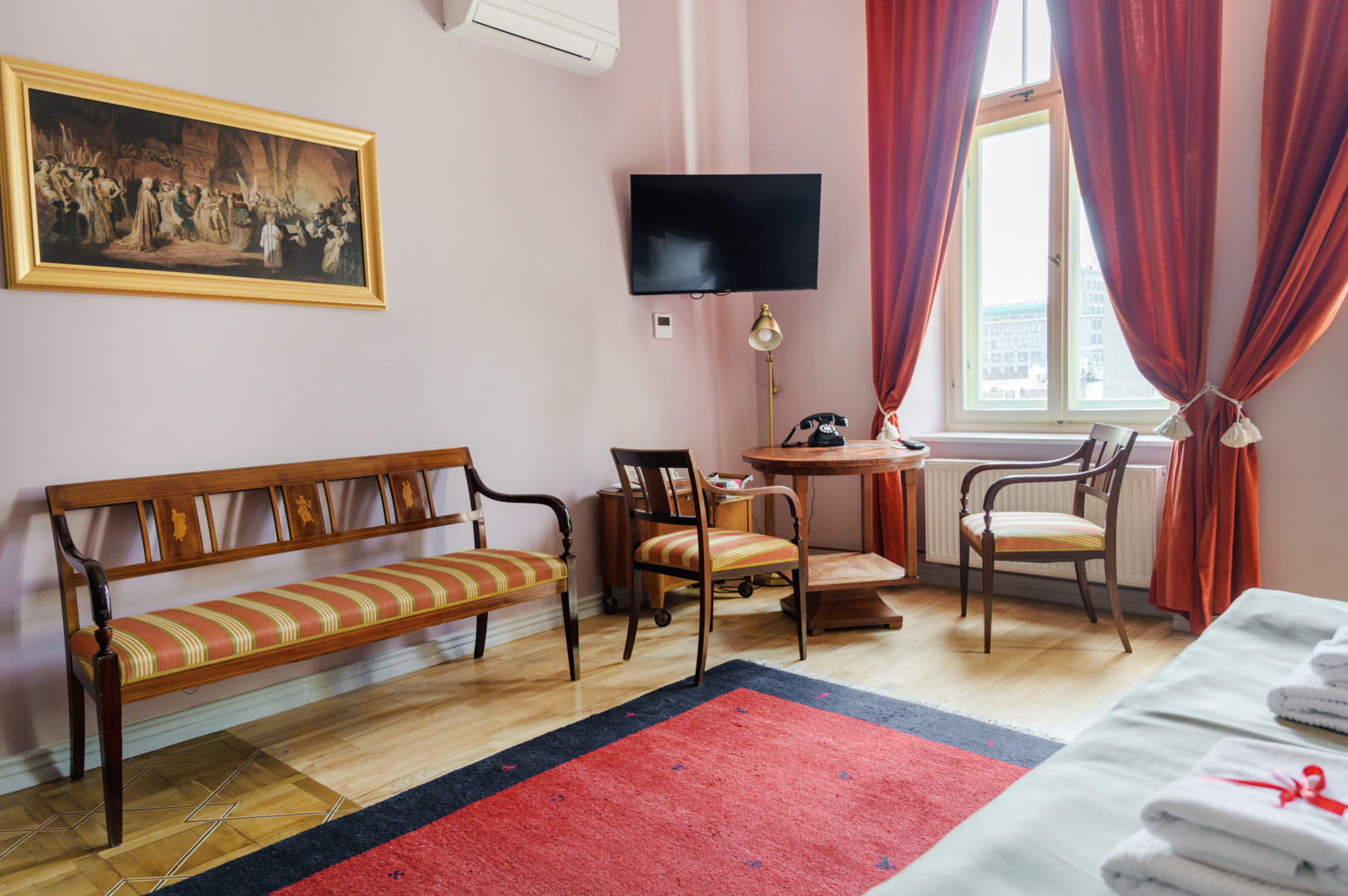
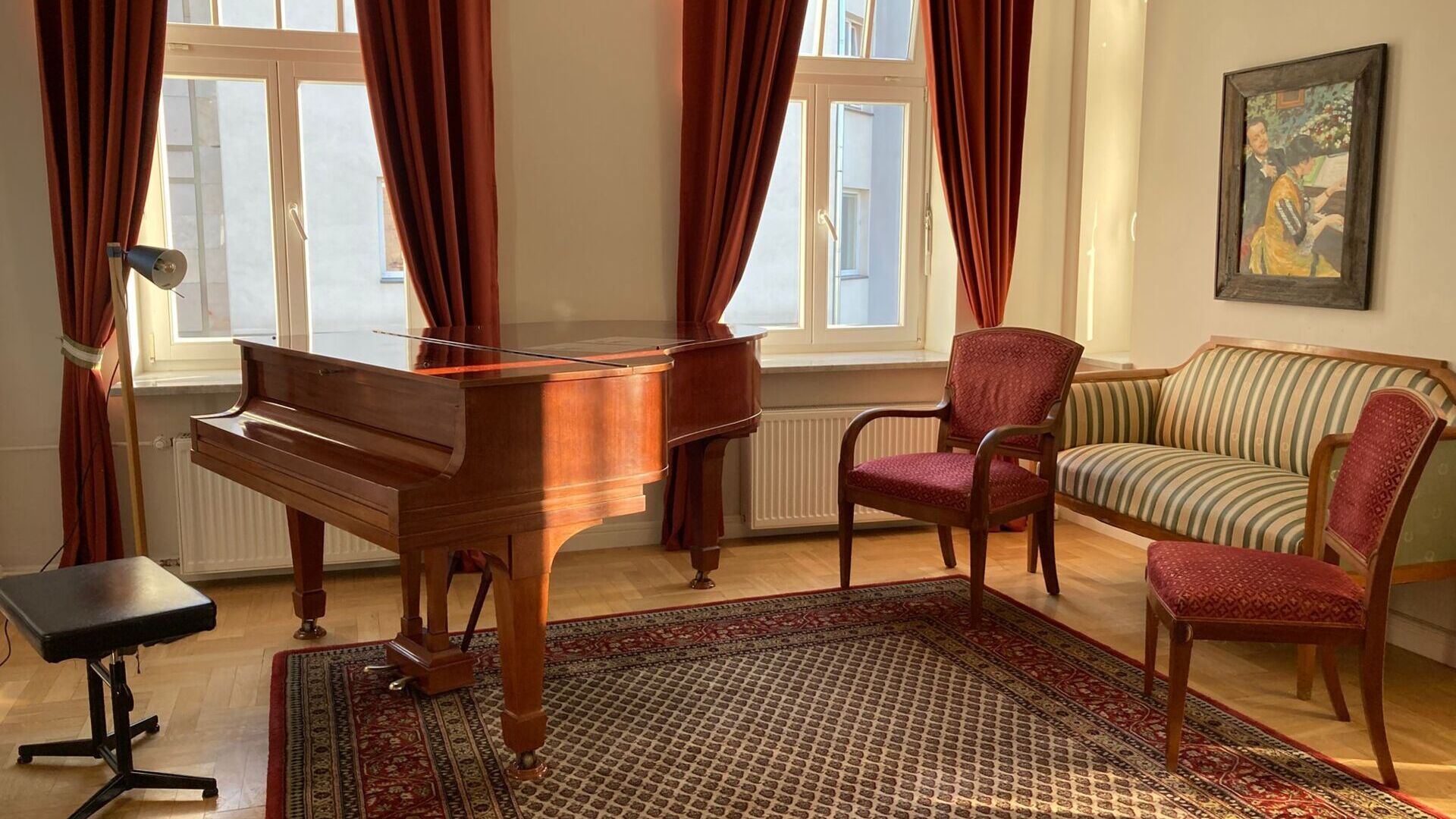
Choose ecology and authenticity







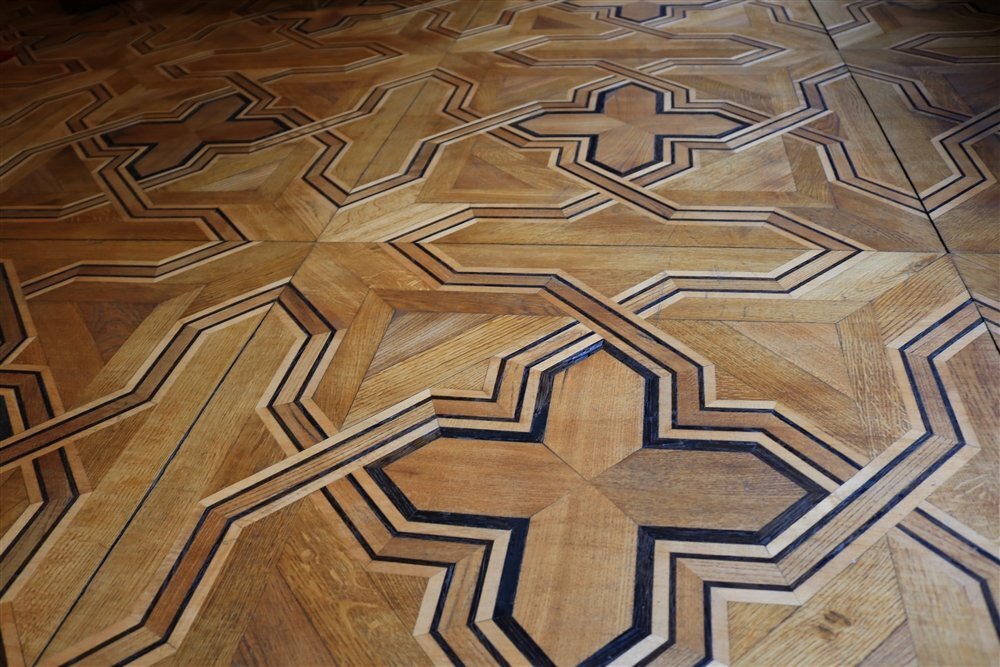
In order to provide services at the highest level, the Website uses cookies saved in the browser's memory. Detailed information about the purpose of their use, including processing of user activity data and advertising personalization, as well as the possibility to change cookie settings, can be found in the Privacy Policy. By clicking ACCEPT ALL, you consent to the use of technologies such as cookies and to the processing by Chopin Boutique B&B, Smolna 14, 00-375, Warszawa, of your personal data collected on the Internet, such as IP addresses and cookie identifiers, for analytical and marketing purposes (including automated ad targeting, measuring their effectiveness, and processing user data for analytical purposes). You can change cookie settings and detailed consent preferences in .

